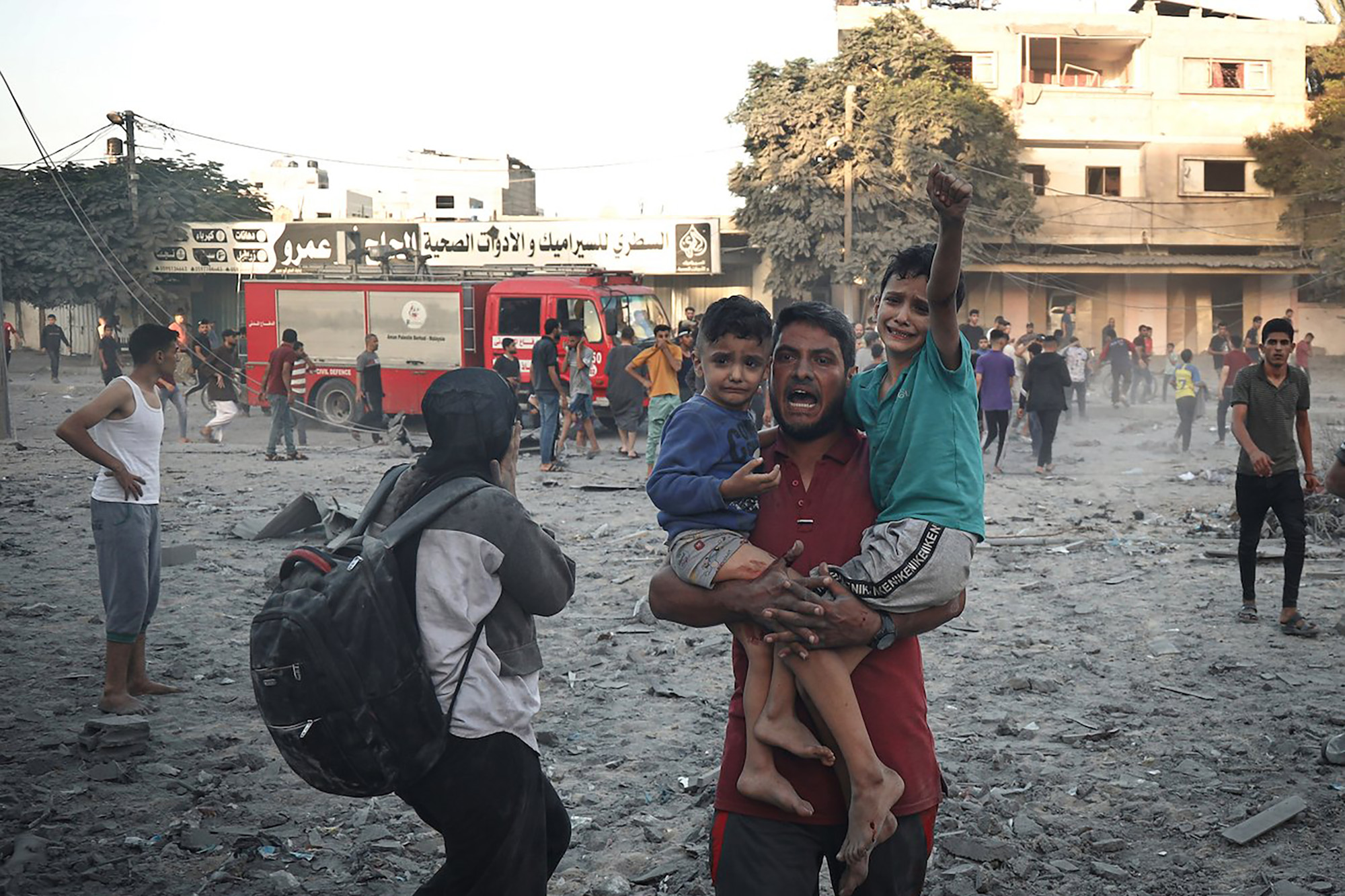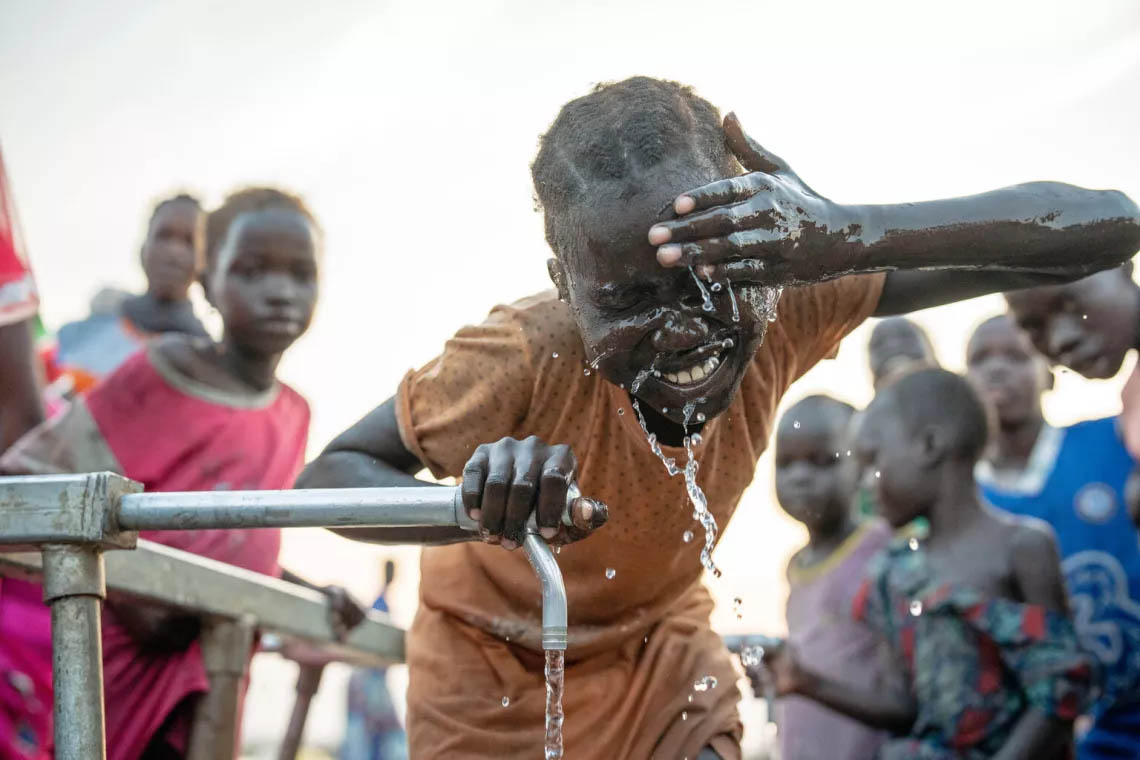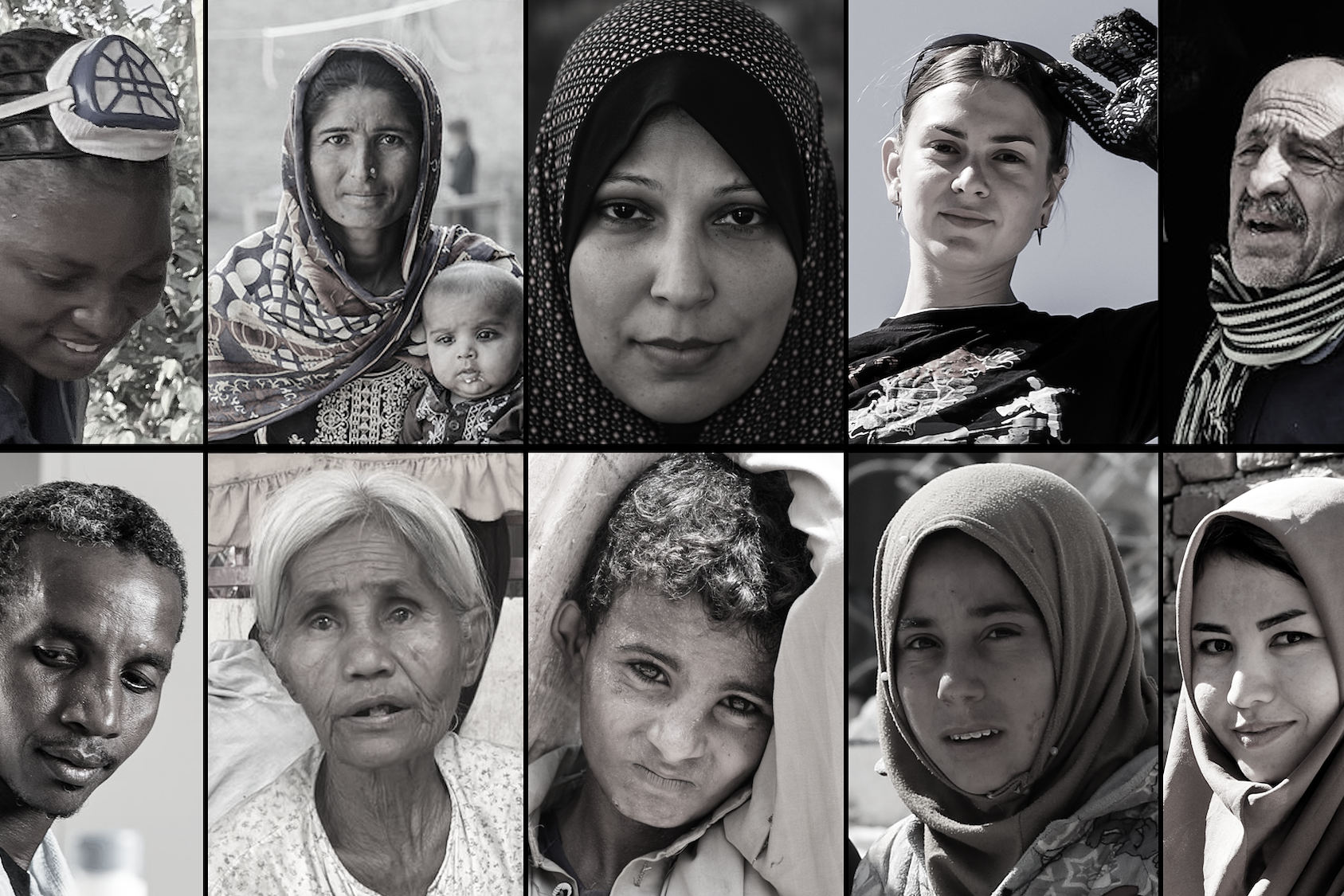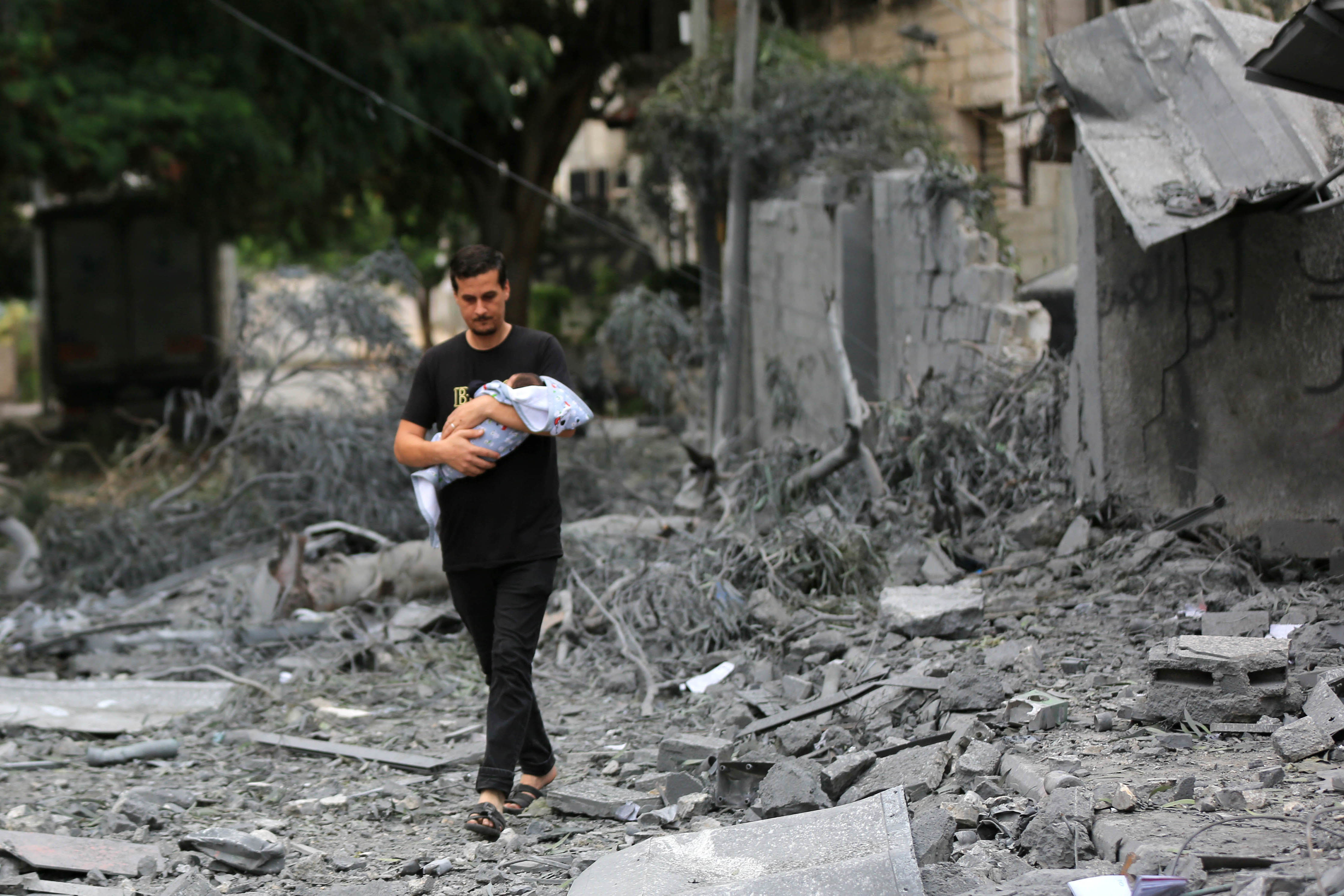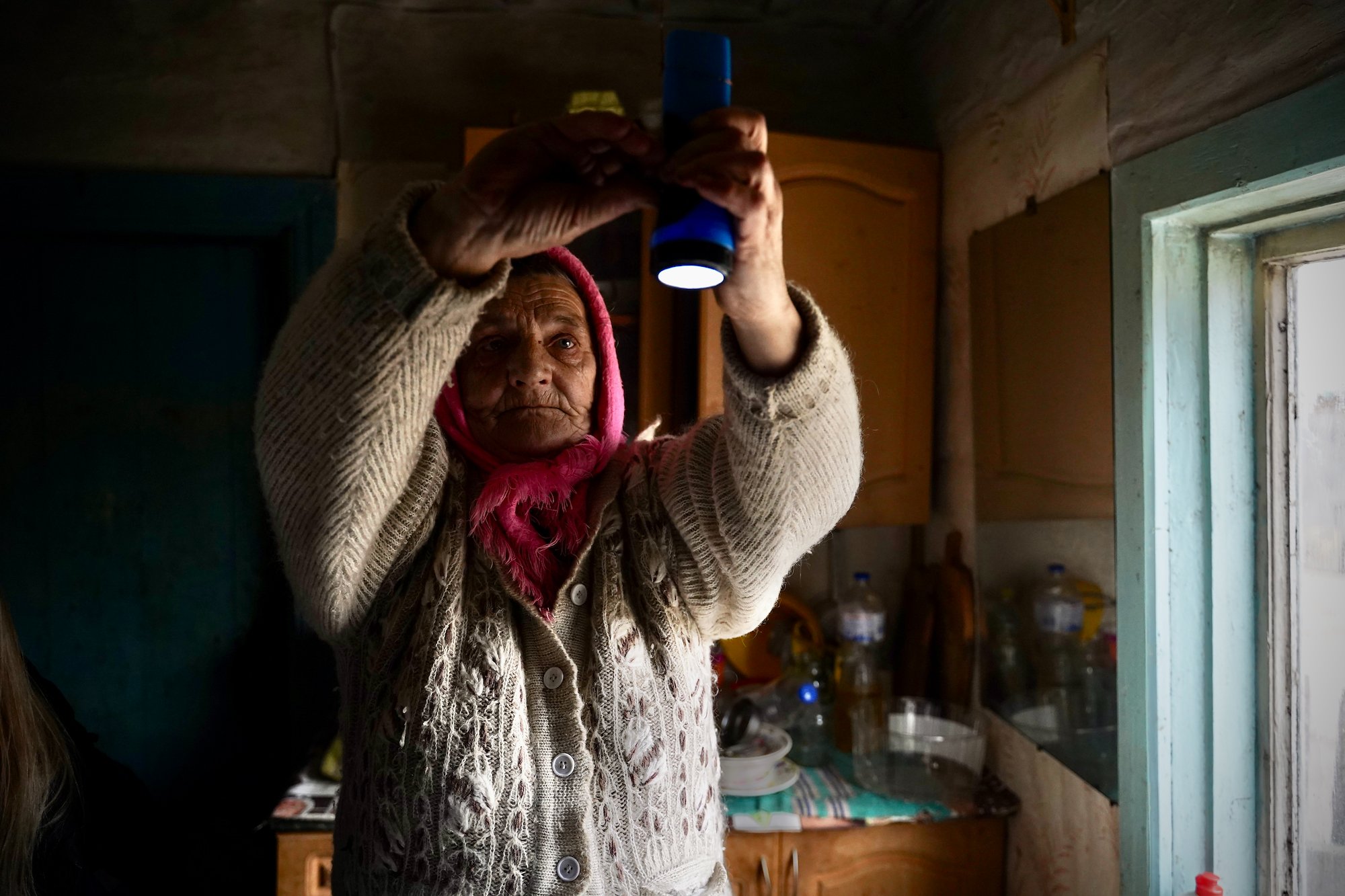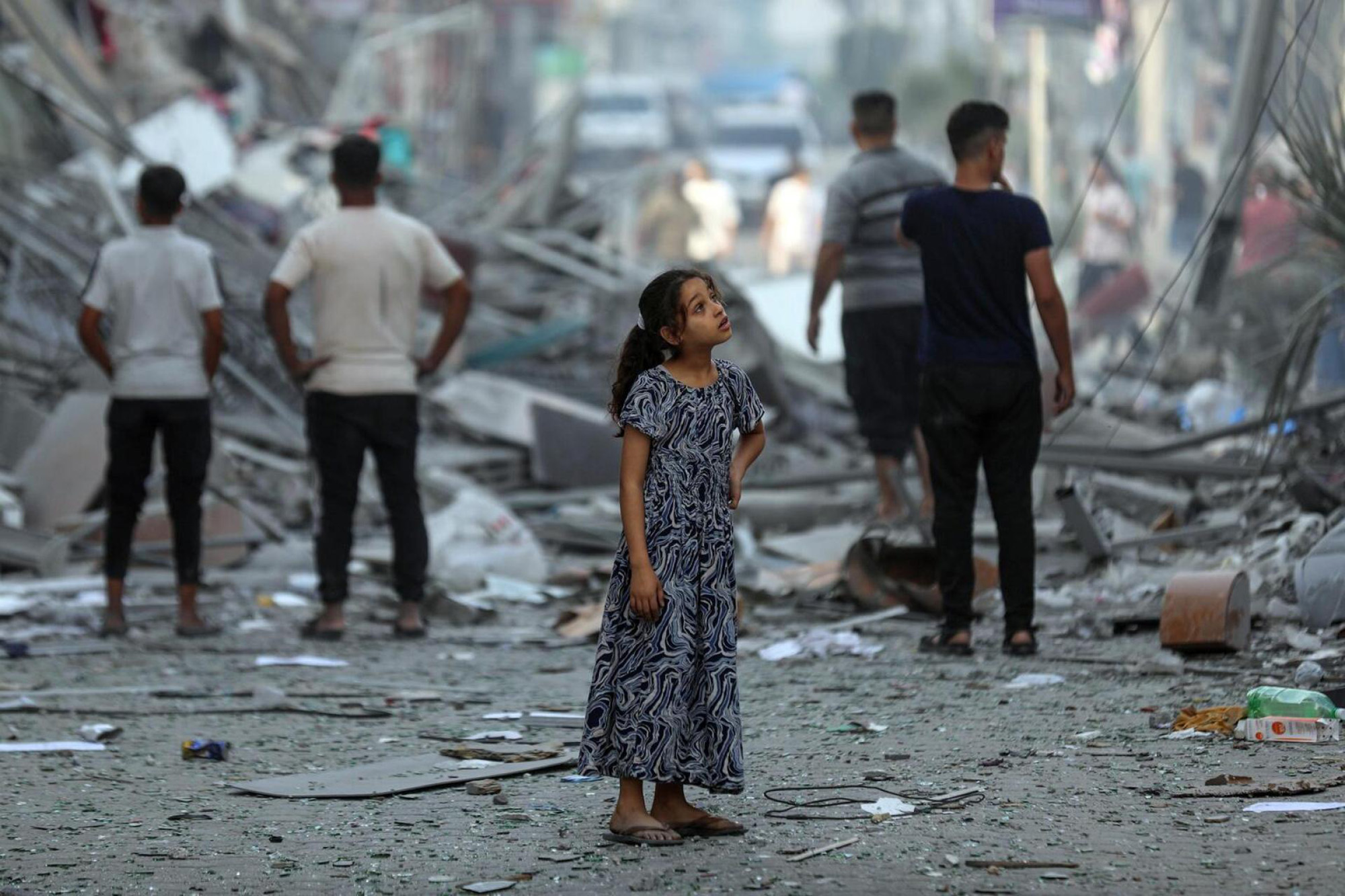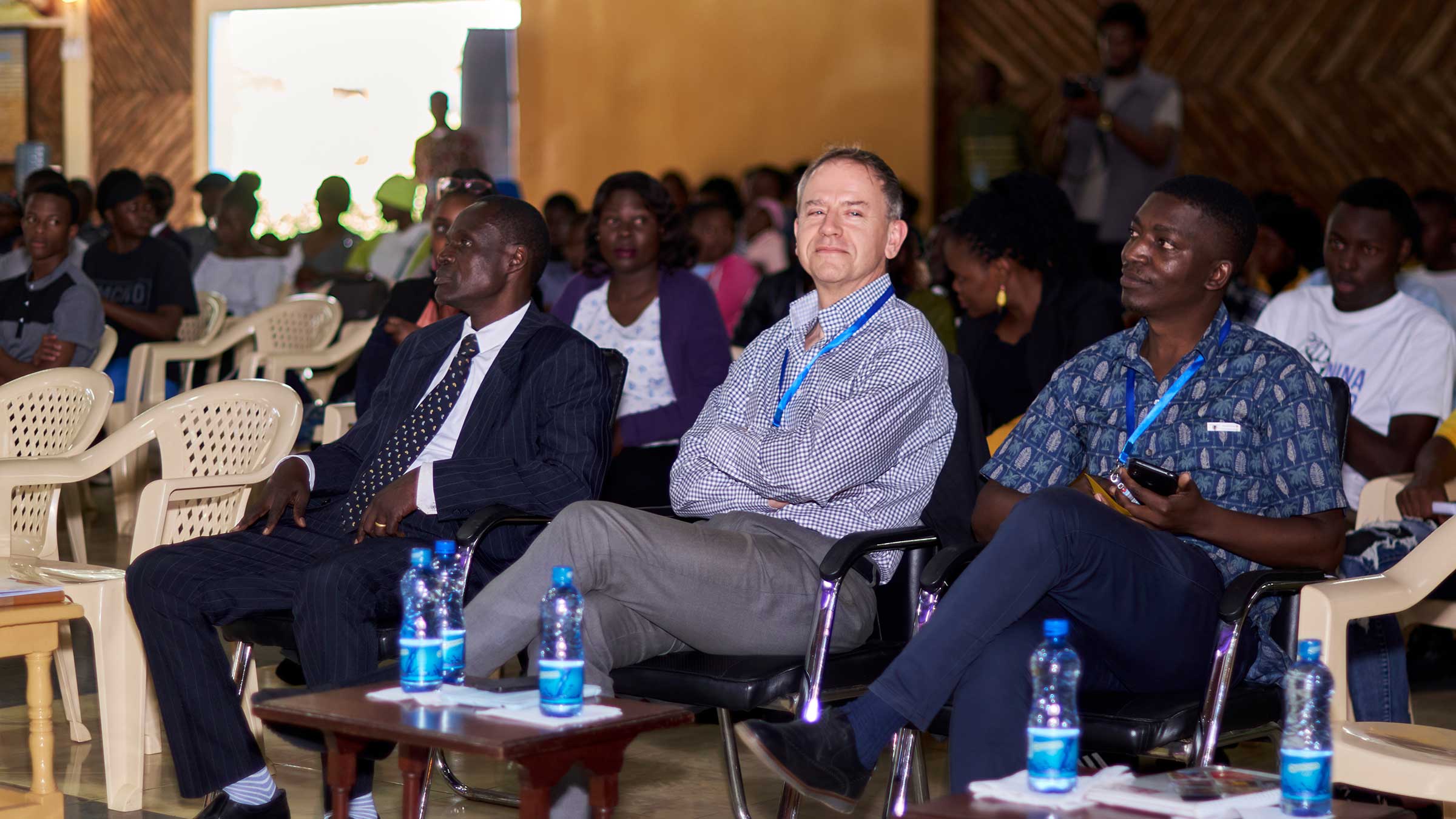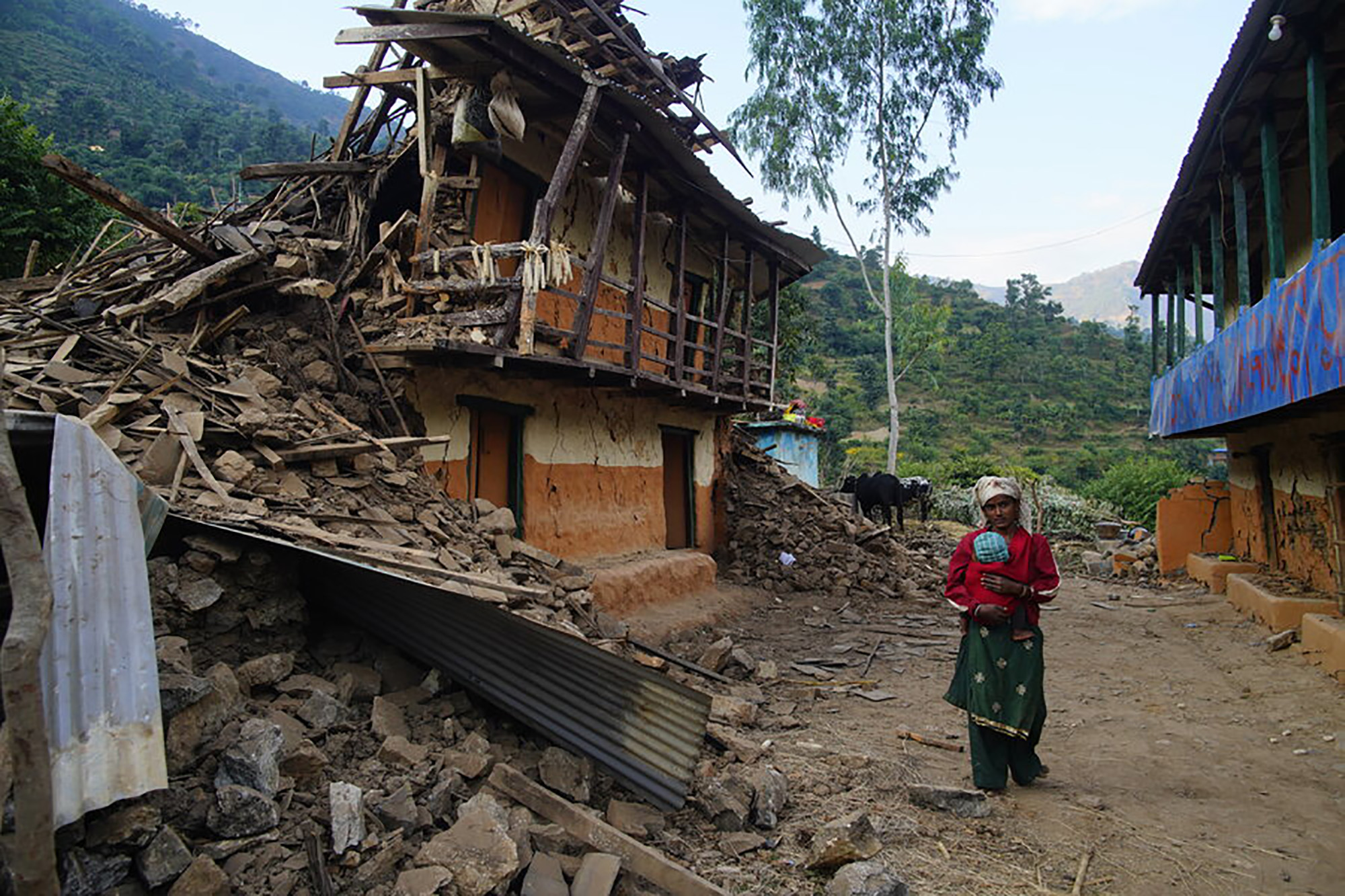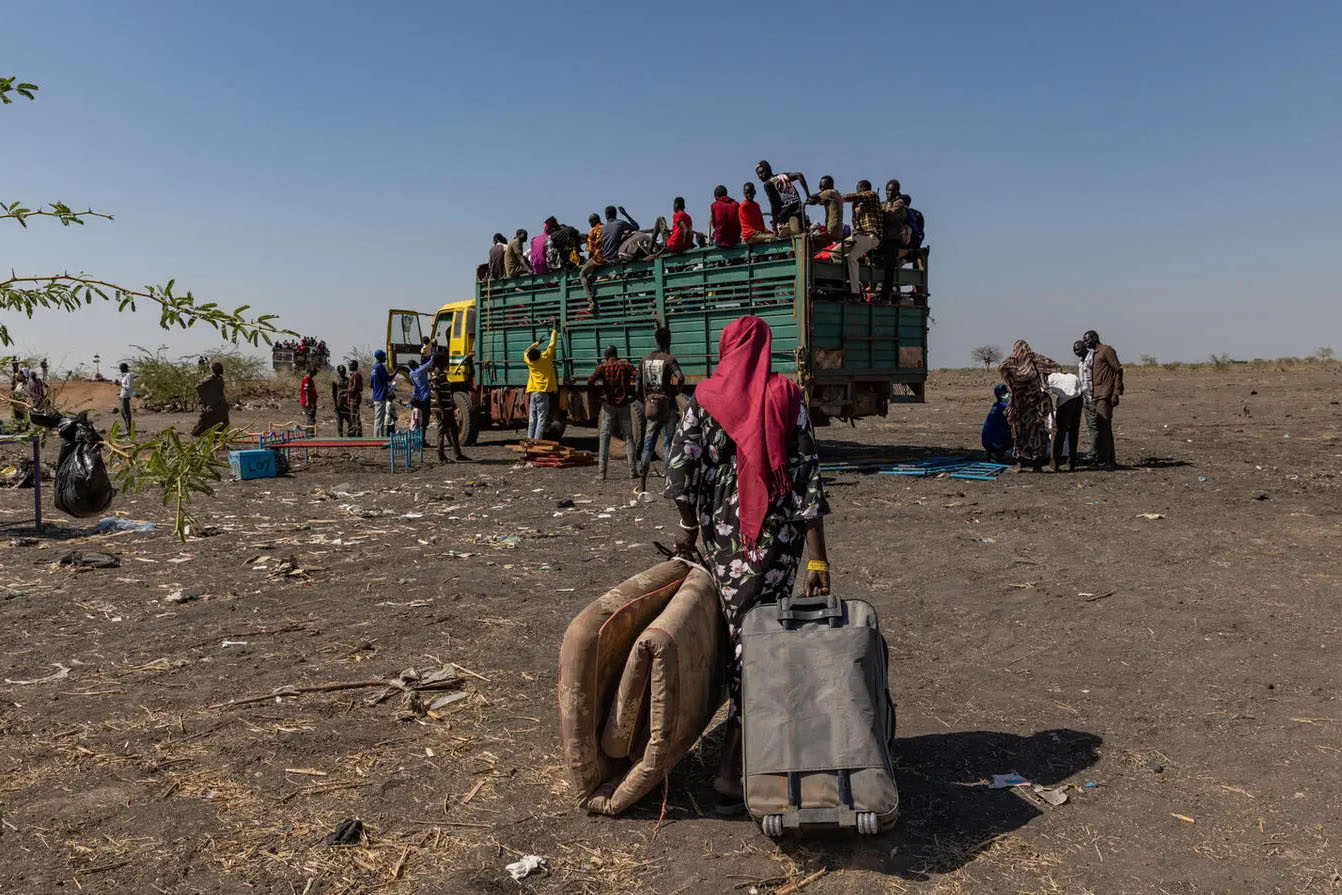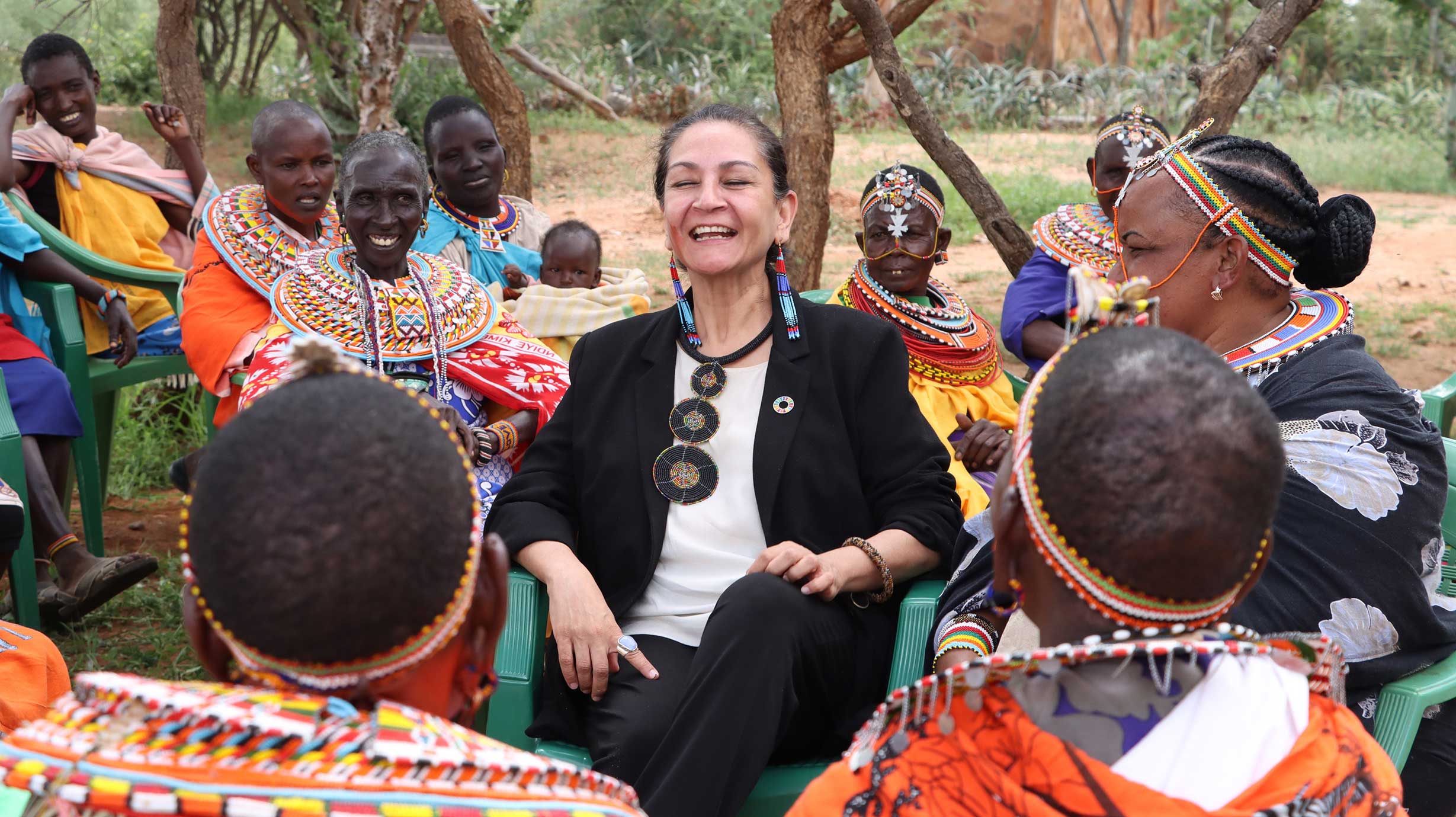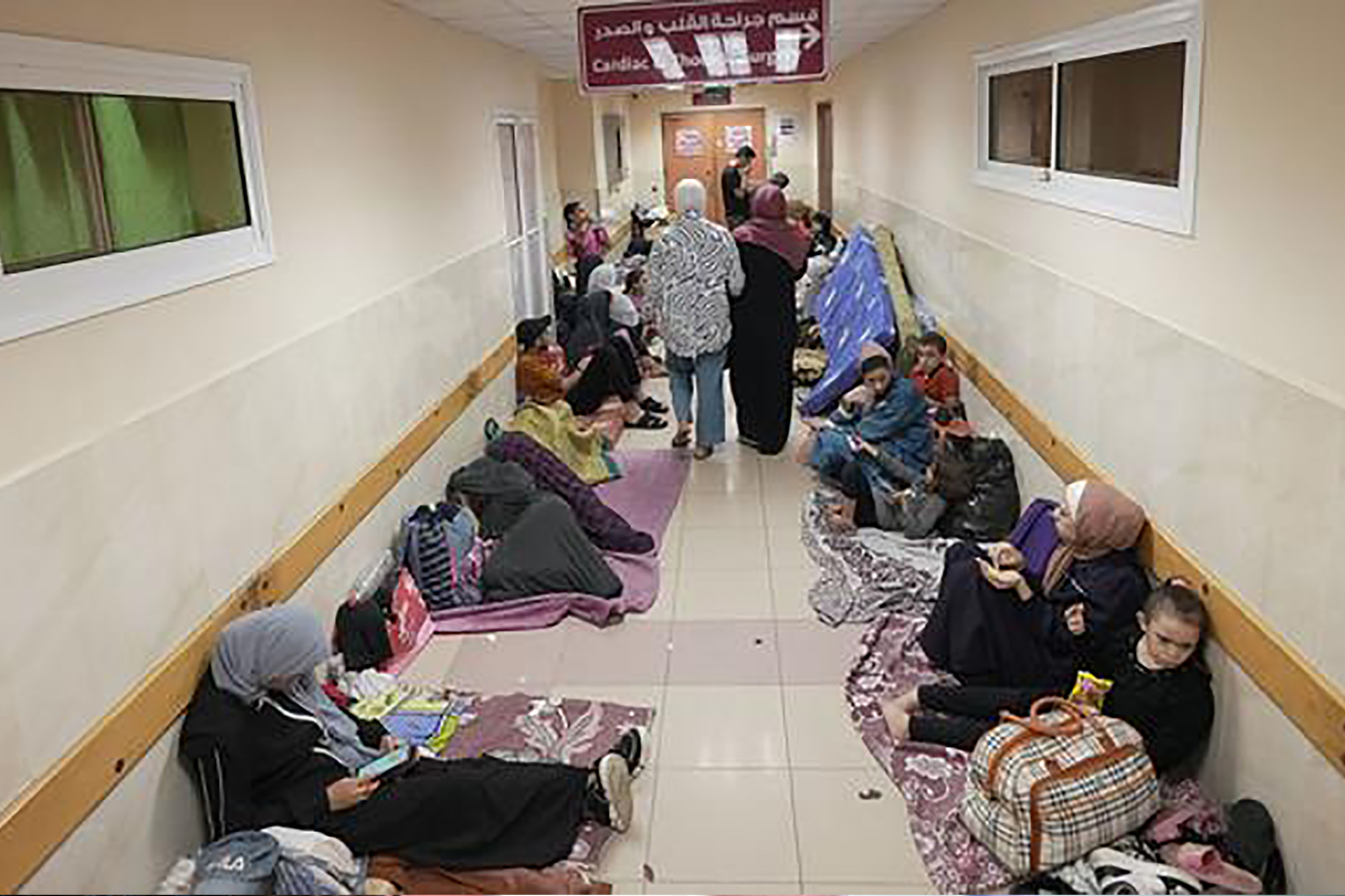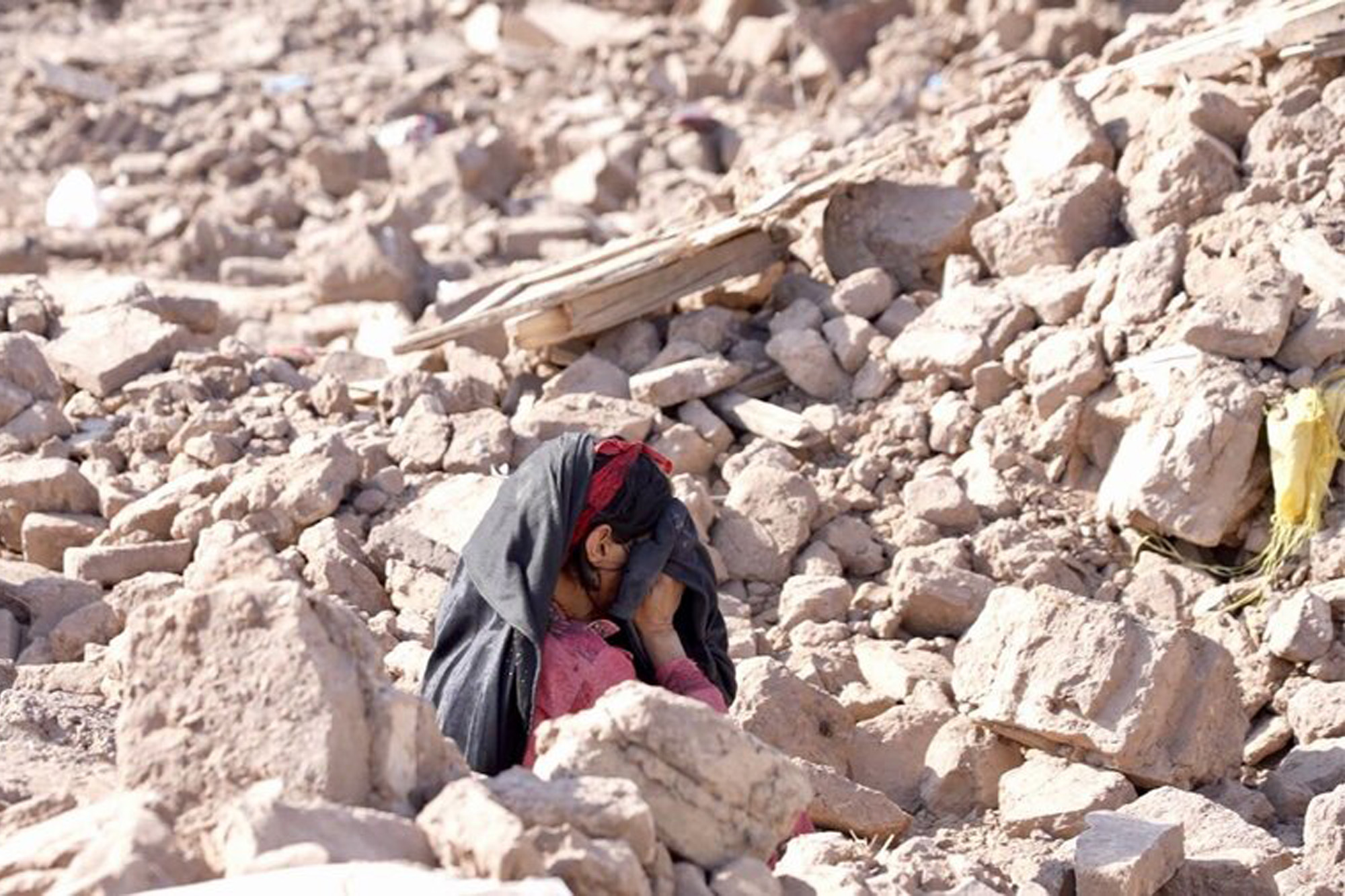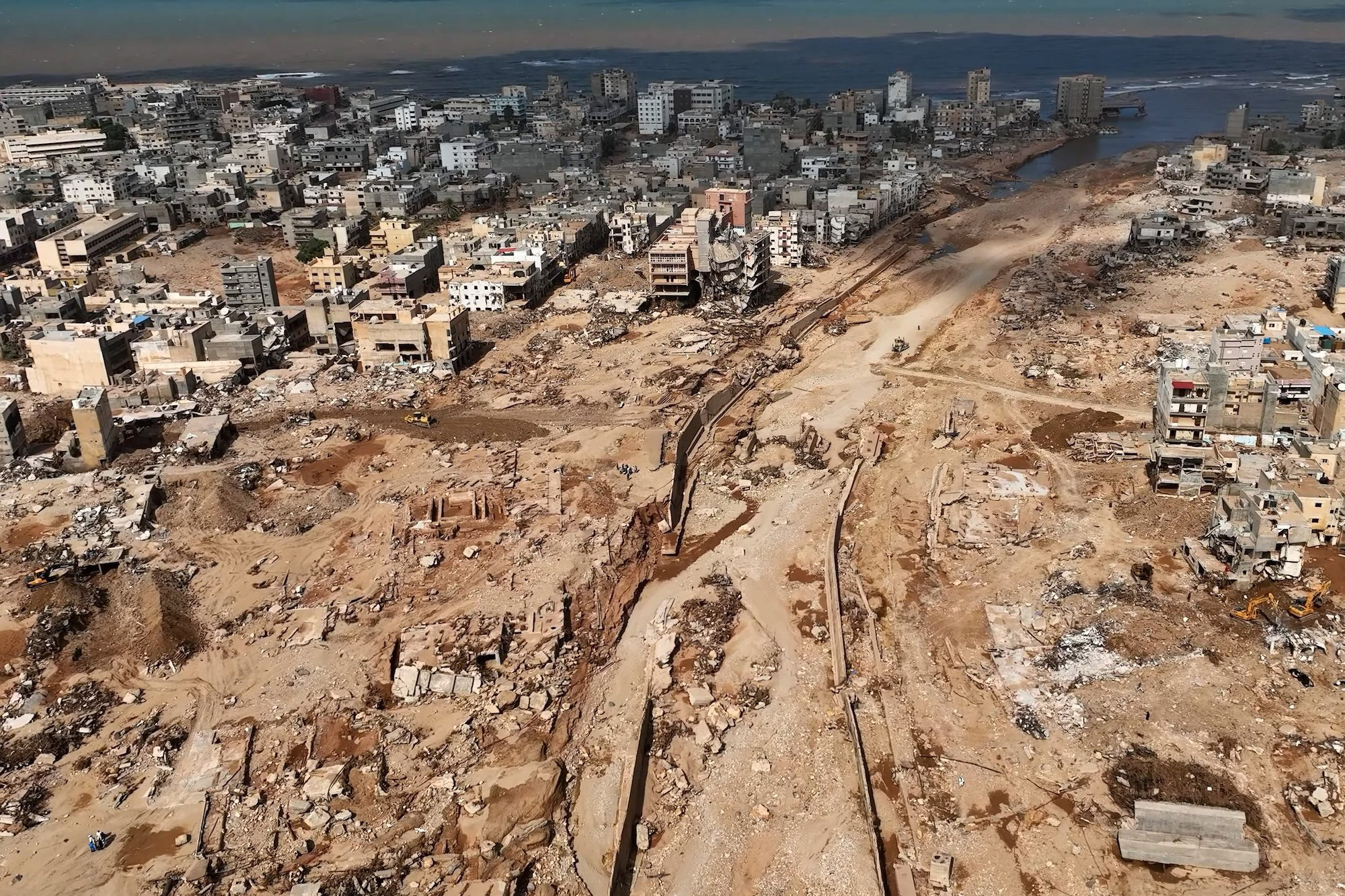Since 7 October, around 85% of Gaza's population, which is about 1.9 million people, have been displaced. The majority of the 24,000 killed and 59,000 injured are women and children. Hunger is widespread, and aid has been insufficient to address the growing humanitarian crisis. The UN has called for commercial supplies to be allowed to enter Gaza to enable markets and the private sector to reopen and provide an alternative to food accessibility. The images and stories in this photo story published by the Office for the Coordination of Humanitarian Affairs (OCHA) depict the harsh reality that Palestinian children face daily.
Humanitarian Aid
https://www.unicef.org/The year 2023 has witnessed an unprecedented global humanitarian crisis marked by escalating conflicts, disasters, food insecurity, and disease outbreaks. From Afghanistan to the Democratic Republic of the Congo, from Burkina Faso to Somalia, and beyond, millions of children face grave threats due to violence, violations, and the collapse of essential services. However, amidst the surging needs, funding remains a critical challenge. UNICEF is actively engaged in these regions, providing crucial support such as healthcare system maintenance, treatment for malnutrition, education, psychosocial support, and protection services. The organization emphasizes the urgency of these 13 situations and the critical need for international support to address the complex and interconnected challenges faced by these communities.
"I want my old life back." It’s a powerful reflection of how people feel when they’re in the thick of crisis, when unthinkable tragedy has struck. Because behind each crisis headline, where we read of millions uprooted or facing trauma or conflict, are the individual humans who just want to once again walk their children to school along safe roads, eat a warm meal, go shopping, laugh with friends, live free from fear and dread. As we close 2023, we hear from people around the world who have faced tremendous adversity this year, and see how they're working, with UNDP support, to get back the most basic and also most precious right—that to a ‘normal’ life.
Civilians are dying while the world watches and families are being displaced en masse. UNRWA is calling for immediate access to humanitarian aid and urgent funding for Palestine Refugees.
Ukraine’s second winter since the war began is bringing a sense of fear and unease for millions of people. "There were continuous blackouts last winter," says 71-year-old Lyudmyla from Ozershchyna village, in the north of Ukraine’s Kyiv Region. Now, as another winter arrives, people across Ukraine continue to navigate the path to recovery from the suffering they experienced last winter. Between September 2023 and March 2024, humanitarians are prioritizing winter response in front-line communities and regions facing active hostilities and fighting. They will support the repairs of district heating systems and provide generators, heaters and mobile boilers to hospitals, clinics and social institutions. Families will receive house repair materials, winter clothes, heating appliances and other critical household items.
The escalation of hostilities in the Gaza Strip has had a devastating impact on children and families. Children are dying at an alarming rate, more than 5,000 have reportedly been killed and thousands more injured, and it is estimated that more than 1.5 million people have been displaced. Those families are running out of water, food, fuel and medicines. Their homes have been destroyed; their families torn apart. To respond to the situation for children in Israel and the State of Palestine, UNICEF is calling for a humanitarian ceasefire and the immediate, safe and unconditional release of all abducted children and the prevention and end of any grave violations against children, including killing and injuring.
United Nations top humanitarian aid officer, Martin Griffiths presented a 10-point plan for aid to Gaza. Talking to journalists at UN offices in Geneva, the head of the UN aid coordination office said that the initiative focused on a major expansion of aid into the wartorn enclave, along with a new call for humanitarian ceasefires and the release of hostages taken during Hamas’s 7 October terror attacks on Israel.
Stephen Jackson fell hard for Africa three decades ago, and never looked back. Now the UN Resident Coordinator in Kenya, he channels his passion into his work, bringing together UN agencies to support the continent in its drive for sustainable development.
"Sometimes in this job, you just end up falling in love with the country where you work. Kenya is a very special place, and I think is a country on an extraordinary upwards curve, a very rapid one. You meet incredibly inspiring people here, and I love it to bits."
Africa is a continent set on rapid development, with many observers pointing to Kenya’s maturing democracy and green transition as a model for other nations. In this episode of Awake at Night, Stephen Jackson reflects on Africa’s fascinating diversity, as well as its invigorating self-confidence, resilience and ambition.
The mud structures housing some of Nepal's poorest people never stood a chance against the earthquake that afflicted Nepal on November 4. The survivors of the 6.4 magnitude earthquake, which killed 157 people in the country, are sleeping rough after their homes were destroyed. The World Food Programme is supporting the Government of the Asian country in mobilizing relief supplies for families who find themselves suddenly without their homes and belongings.
The intense fighting in Khartoum has created a humanitarian emergency inside Sudan and the wider region. Here is how the humanitarian community is responding.
Reena Ghelani knows all too well the jarring silence of a crowded malnutrition ward. Now United Nations Famine Prevention and Response Coordinator, she spends every day working on the frontlines of the global fight against hunger.
“You expect children to cry if they're suffering, but they don't even have the energy to cry. And the other thing is, I found that the mothers or the fathers are also silent. You know, luckily, many children survive when they get treatment, they are able to keep living.”
A deadly cocktail of conflict, climate change, and economic shocks have driven record numbers of people around the world to the brink of starvation. In this episode of Awake at Night, Reena Ghelani reflects on the horrific impacts of hunger, on the lengths parents will go to feed a child and shares her advice for women pursuing a career as a humanitarian.
More than 3,500 children have been killed and over 6,800 injured in Gaza during the current Israel-Palestine crisis, according to the UN Children's Fund. UNICEF official Salim Oweis emphasized in an interview with UN News that beyond the numbers, those are lives, dreams and futures lost because of the ongoing crisis in the Gaza Strip. Oweis told UN News’s Abdelmonem Makki that it was the children who were “facing the worst of times” in the enclave and called again for an immediate humanitarian ceasefire.
Three weeks of near-constant bombardment in Gaza have left its entire population in desperate and catastrophic conditions. The World Food Programme is striving to reach over one million people for whom water and food are running out. One employee of the humanitarian organization describes the horror, the personal grief of losing at least seven family members and friends, her dreams for a better future, and why her work must go on in the face of it all.
After the recent earthquakes in Afghanistan, WFP has already reached nearly 34,000 survivors with emergency food assistance, which they began distributing within hours after the first quakes struck. The UN agency plans to deliver food and cash assistance to more than 100,000 people over the next three to seven months - and roll out longer-term resilience programmes to help them rebuild their livelihoods. WFP urgently needs US$18.8 million so that Afghanistan’s earthquake survivors can eat and rebuild from the country’s latest disaster, and US$400 million to help the most vulnerable survive harsh weather.
Storm Daniel hit Libya on 10 September 2023, causing floods that killed over 4,300 people with twice as many still unaccounted for. Over 43,000 people have been displaced and are in urgent need of food, clean water, shelter, healthcare, and financial support. The floodwaters have also exposed landmines and unexploded ordnance, posing a threat of disease. UNDP is working with local authorities in Benghazi to accelerate the rebuilding process and offer an environmentally sustainable recovery that engages Libyans and provides livelihood opportunities.

